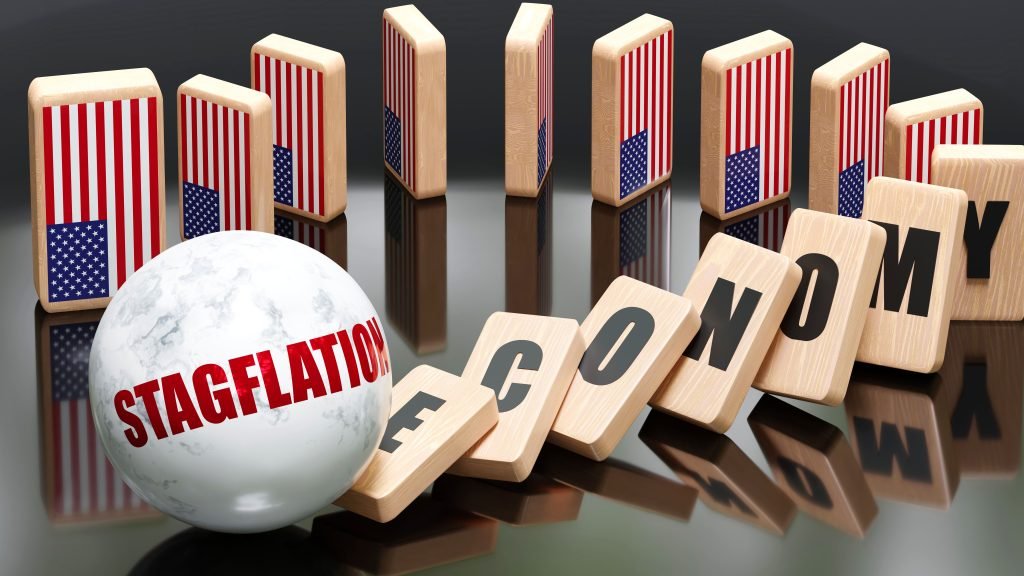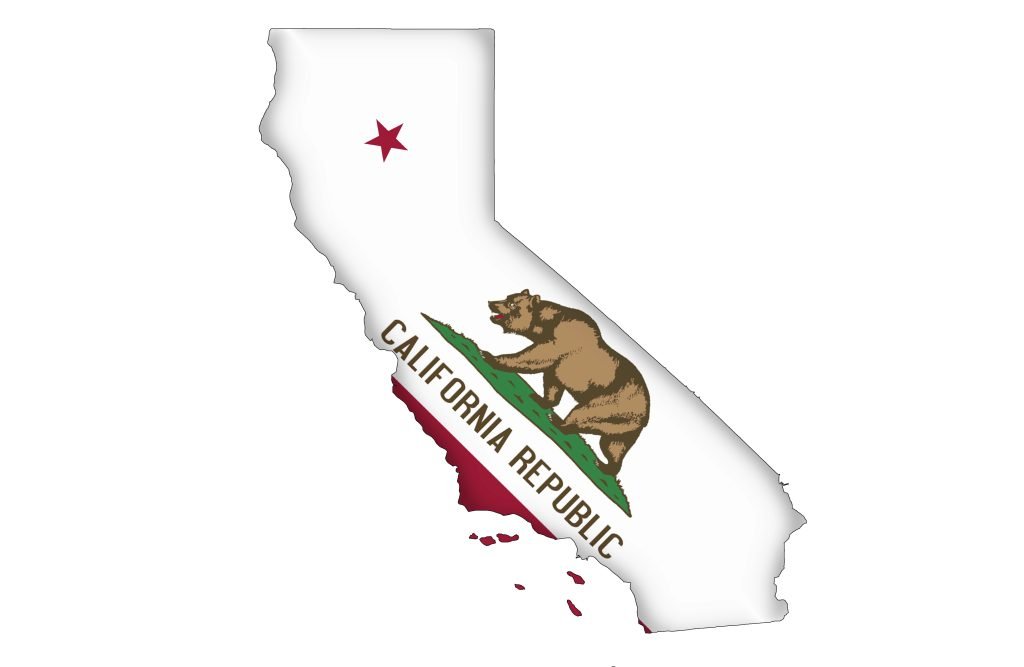A remarkable thing happened yesterday that tells you everything you need to know about inflation.
In the morning, US Treasury Secretary Janet Yellen stated bluntly that “interest rates will have to rise somewhat to make sure that our economy doesn’t overheat. . .”
For economists, an ‘overheating economy’ means inflation. So she was essentially saying that rates would have to rise to prevent inflation.
Yet hours later, she completely reversed herself, saying that interest rates would NOT have to rise because “I don’t think there’s going to be an inflationary problem.”
You don’t need a PhD in economics to smell the BS.
Inflation is not some potential issue down the road. Inflation is already here.
As Warren Buffett told investors only days ago, “We’re seeing very substantial inflation.”
Plenty of companies have already announced price increases to their consumers–
Proctor & Gamble, for instance, announced price hikes across the board on just about everything from diapers to beauty creams.
Hershey’s announced in February that it would be raising prices.
Food giant General Mills complained in February about a “higher inflationary environment” and “input cost pressures” due to rising commodity prices.
Clorox, Shake Shack, Kimberly-Clark, Whirlpool, Hormel, and Woka Kola Coca Cola are among the many companies that have also announced price increases.
And according to Bank of America Global Research, the number of mentions of “inflation” on corporate earnings calls has increased 800% compared to last year.
Inflation is clearly a concern of the largest companies in the world. Investors are worried. Consumers can see it.
And in a rare moment of truth yesterday morning, a politician almost admitted that she was concerned about inflation too.
This is not some wild conspiracy. Inflation is real. It’s happening. Let’s look at three key drivers:
1) Capacity Constraints
Last year the entire world shut down. Businesses and factories everywhere closed, and plenty of companies went out of business.
Many companies who survived took radical steps to conserve cash– laying off workers, liquidating inventory, and selling equipment.
One critical consequence was that the amount of capacity in the system was greatly reduced.
Here’s an example: I’ve been in Cancun for several weeks, and as you know, this place is a major tourist destination.
Last year when tourism dried up, plenty of companies went out of business. Rental car companies, for example, had practically zero customers. Many went bankrupt. Others survived by selling off most of their vehicles, believing that it would be years before the tourists returned.
But a year later, the tourists are back.
Problem is, there are now very few cars to rent in Cancun, because rental agencies either went bankrupt or liquidated their inventories.
As a result, car rental prices in Cancun have surged; supply is scarce, yet demand is back to normal.
We’re seeing similar effects across the economy. Capacity is limited because of the extreme measures that businesses took last year. And they can’t simply flip a switch and bring capacity back to normal. It takes time.
They’ll have to invest in inventory, hire more staff, etc. Eventually, these supply/demand imbalances will stabilize. But for the foreseeable future, it’s driving prices higher.
This is the type of inflation that politicians and central bankers have been calling “transitory”. In other words, it’s temporary pressure that should subside in the future.
2) COVID lunacy
Hardly anyone talks about this… but just think about all the idiotic rules that people have to follow now.
If you own a retail store in a shopping mall, for example, you have to pay employees to stand at the door ready to hose down every customer who walks inside with hand sanitizer.
And imagine how much money businesses are spending now on PPE… masks, gloves, hand sanitizer, etc. Or companies (airlines, hotels, etc) that now employ legions of workers to chemically scrub every nook and cranny of the premises.
All of this costs money, and the extra costs eventually get passed on to consumers. Most likely, these measures are not going away… which means that COVID is extremely inflationary.
3) Trillions in money printing
This is the big one. The US federal government is hoping to spend a whopping $11 TRILLION this year, between the regular budget, COVID stimulus already passed, and all the new legislation they’re proposing.
And it’s only May.
Obviously Uncle Sam doesn’t have the money. So they have to borrow it.
Their chief remaining lender these days is the Federal Reserve, which first has to ‘print’ money before loaning it to the government.
(The actual process is more modern and complex, but that’s basically what happens in a nutshell.)
The more money the government spends, the more the Fed prints (roughly $4 trillion last year). And as this freshly created money makes its way through the economy, it typically ends up in financial markets, driving asset prices higher.
It’s not a coincidence that the Fed has created record sums of money, and the stock market is simultaneously at a record high. Ditto for real estate, cryptocurrencies, collectibles, etc.
Many commodities are also at record highs. Lumber prices have never been higher. Corn is near its all-time high. Oil prices surged from MINUS $40/barrel last year to $70 today– a difference of $110.
Higher commodity prices eventually lead to higher consumer prices.
High lumber prices, for example, mean that housing costs increase. Higher corn prices mean higher food prices. Higher fuel prices mean higher transport costs, which increases the price of almost everything.
So as long as the Federal Reserve is printing money and holding rates down to historic lows, these prices will likely keep rising.
Given the US government’s insatiable appetite to borrow money from the Fed, this inflation pressure is NOT going away.
And after what we saw yesterday, it’s clear that the government’s approach will be to ignore or dismiss inflation risks.









